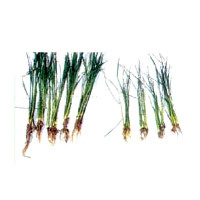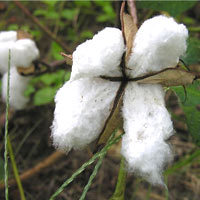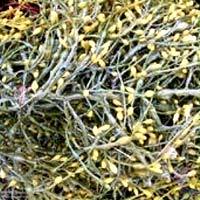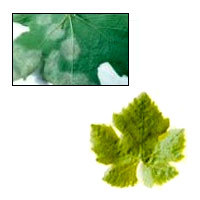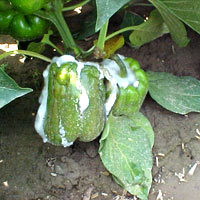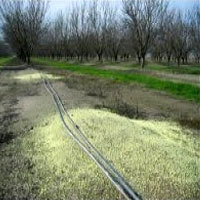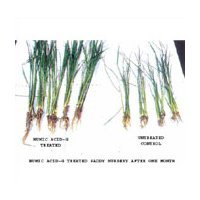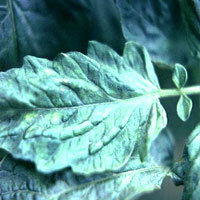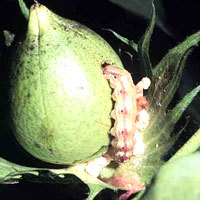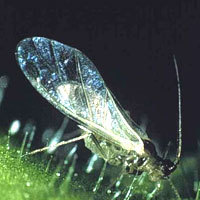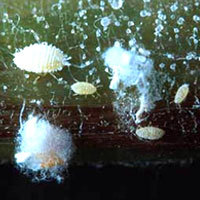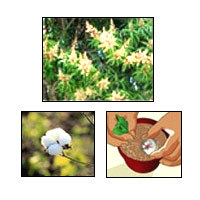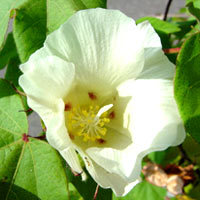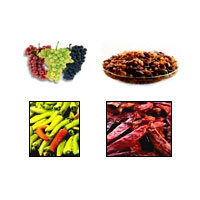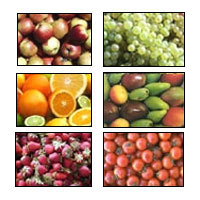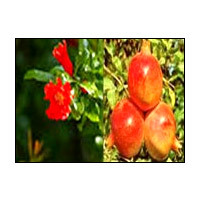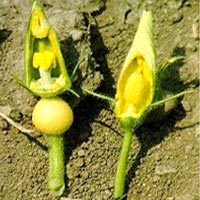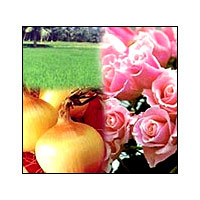Triacontenol
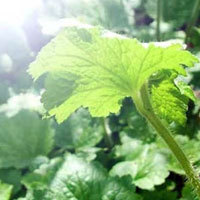
Triacontenol
Triacontanol research, does indicate that one of triacontanol\\\'s action is in improving photosynthesis. Since light is a primary source of nutrition the benefits of using triacontanol are obvious. It will also increase cell division
It was first discovered in plants in the 1930\\\'s. It\\\'s importance in plant growth and health was identified from this discovery.
- CAS NO 593-50-0
- Mol Formula CH3(CH2)29OH
- MOL WT. 438.82
Triacontanol powder is a wax-like flake that must be dissolved into a liquid. The best method of turning the Triacontanol powder into liquid is by using a Polysorbate 20.
Concentration: Central Insecticide Board ( CIB) has approved on three concentrations:
- 1000 ppm aques formulaion
- 500 ppm solvent base formulation
- 500 ppm granules
1ml/lt =1ppm hence 2-5 ml formulated product is needed to have good result. Spray of Triacontanol is usually applied as a foliar spray and the biggest variable is what concentration to use ppm 1-5 is used. One published recommendation has been to spray a 1 to 2 PPM triacontanol solution at two different times. The first is 15 days after transplanting the plant and the second time when the plant is at full bloom. Another study tested triacontanol concentrations of 10 PPM and 15 PPM. It concluded that triacontanol improved flower initiation, pod setting and retention of flowers. It also reduced fruit drop. A study on a variety of rice concluded that a foliar spray of 2PM at 25 and 65 days after transplant greatly improved crop yield. Send Enquiry
